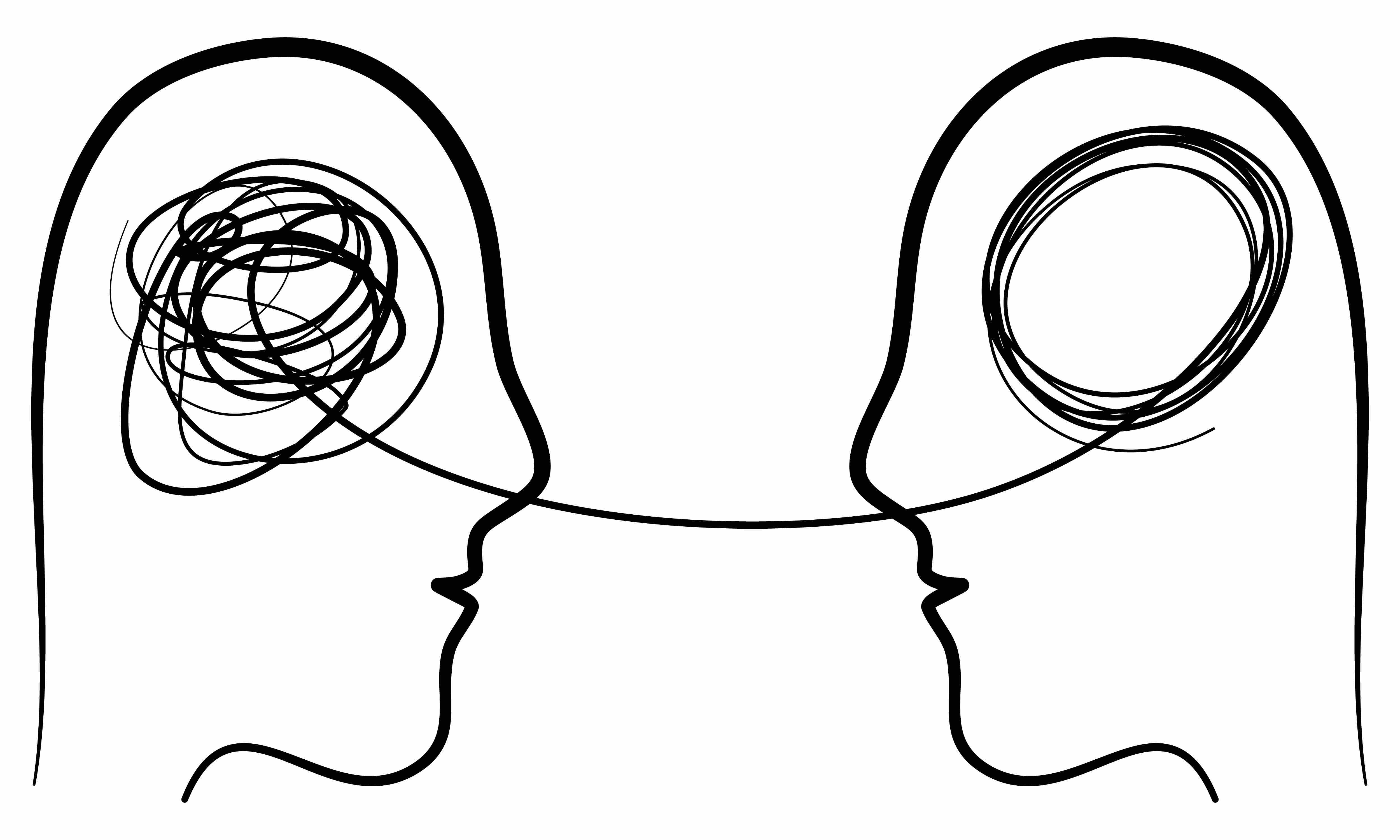
Crying is a complex and intriguing human behavior that carries profound emotional significance. In this article, we delve into the fascinating phenomenon of crying from the left eye. Exploring psychological perspectives and scientific research, we unravel the hidden truths behind this unique expression of emotions. From its possible causes to its psychological effects, prepare to embark on a captivating journey through 20 enlightening facts about crying from the left eye.
The Dominance of the Left Eye in Emotional Tears
The left eye has been found to produce more tears during emotional crying compared to the right eye. This dominance may be linked to the brain’s hemispheric specialization and emotional processing.
Emotional Release and Catharsis
Crying from the left eye is often associated with a profound emotional release and cathartic experience. Tears shed from the left eye are believed to carry a deeper emotional significance.
Cultural Perceptions and Symbolism
In certain cultures and traditions, crying from the left eye is considered a symbol of emotional authenticity and vulnerability. The left eye is sometimes associated with the heart and is believed to reflect genuine emotions.
Hemispheric Brain Activity and Emotional Processing
The left hemisphere of the brain, which is dominant in emotional processing, may play a role in the prevalence of crying from the left eye. The intricate connection between brain activity and tear production sheds light on the psychological underpinnings of this phenomenon.
Gender Differences in Crying Patterns
Research suggests that women tend to cry more frequently and produce more tears than men. The prevalence of crying from the left eye may also vary between genders.

Emotional Tears and Stress Relief
Crying from the left eye can provide a cathartic release and help alleviate stress and emotional tension. Tears contain stress hormones, and shedding them may promote emotional well-being.
The Role of Social Bonding and Empathy
Crying from the left eye can elicit empathy and social support from others. The vulnerability displayed through this form of crying may strengthen social bonds and foster emotional connection.
Tears as Emotional Signals
Crying from the left eye can serve as an expressive signal, conveying emotions and seeking understanding and comfort from others. Tears can communicate distress, sadness, joy, or a range of other emotional states.
The Psychological Benefits of Crying
Crying from the left eye is associated with various psychological benefits, including emotional regulation and stress reduction. It allows for the expression and processing of complex emotions.
Tears and Emotional Healing
Crying from the left eye can facilitate emotional healing and contribute to personal growth and resilience. It provides an avenue for emotional introspection and self-discovery.
The Influence of Personality Traits
Personality traits, such as emotional sensitivity and empathy, can influence the frequency and intensity of crying from the left eye. Individuals with higher emotional awareness may be more prone to this form of crying.

Medical Conditions and Crying
Certain medical conditions, such as blocked tear ducts or dry eye syndrome, can affect tear production and potentially influence the occurrence of crying from the left eye. Consulting a medical professional can help identify any underlying causes or concerns.
Cultural and Individual Variations
The prevalence and interpretation of crying from the left eye can vary across cultures and individuals. Cultural norms, personal experiences, and belief systems contribute to the diverse perspectives surrounding this phenomenon.
Crying and Emotional Release
Crying from the left eye is part of a broader emotional release mechanism that allows individuals to process and express their feelings. It can serve as an outlet for emotional pain, grief, or overwhelming joy.
The Power of Tears in Communication
Tears shed from the left eye possess a unique communicative power, often conveying emotions more effectively than words. The authenticity and vulnerability expressed through tears can foster deeper emotional connections.
The Relationship Between Crying and Empathy
Crying from the left eye can evoke empathic responses in others, facilitating emotional understanding and support. It promotes a sense of shared emotions and promotes social bonding.

Crying and Emotional Resilience
Engaging in crying from the left eye can contribute to emotional resilience by allowing individuals to confront and process challenging emotions. It can lead to personal growth and enhanced emotional well-being.
Cultural Influences on Crying Behavior
Cultural norms and expectations regarding crying influence the frequency and acceptance of crying from the left eye. Societal attitudes shape individual experiences and expressions of emotions.
Crying, Mood, and Psychological Release
Crying from the left eye can influence mood and provide psychological relief. It enables individuals to release pent-up emotions and experience a sense of emotional lightness.
The Multifaceted Nature of Tears
Tears shed from the left eye during crying are a testament to the complexity and richness of human emotions. Understanding the multifaceted nature of tears enhances our appreciation for the intricacies of the human psyche.
Final Thoughts
Crying from the left eye is a captivating phenomenon that reveals the depths of human emotions and the complexities of our psychological landscape. Through this exploration of 20 psychological facts about crying from the left eye, we have uncovered the intricate connections between tears, emotions, and the human experience. Whether shedding tears of joy, sorrow, or empathy, the act of crying offers a powerful avenue for emotional release, healing, and connection with others. Embrace the authenticity of your emotions and let your tears speak their own profound language.
Frequently Asked Questions (FAQs)
Why do some people cry more from their left eye?
The dominance of the left eye in emotional tear production may be influenced by brain hemispheric specialization and emotional processing.
Is crying from the left eye more common in women?
Research suggests that women tend to cry more frequently and produce more tears than men, but the prevalence of crying from the left eye may vary between individuals
Does crying from the left eye indicate a deeper emotional significance?
Crying from the left eye is often associated with a profound emotional release and is sometimes considered to reflect a deeper emotional significance.
Can medical conditions affect tear production and crying patterns?
Yes, certain medical conditions, such as blocked tear ducts or dry eye syndrome, can influence tear production and potentially impact crying from the left eye.
Do cultural norms influence the acceptance and interpretation of crying from the left eye?
Yes, cultural norms and expectations surrounding crying can vary, influencing the acceptance and interpretation of crying from the left eye.
Was this page helpful?
Our commitment to delivering trustworthy and engaging content is at the heart of what we do. Each fact on our site is contributed by real users like you, bringing a wealth of diverse insights and information. To ensure the highest standards of accuracy and reliability, our dedicated editors meticulously review each submission. This process guarantees that the facts we share are not only fascinating but also credible. Trust in our commitment to quality and authenticity as you explore and learn with us.
